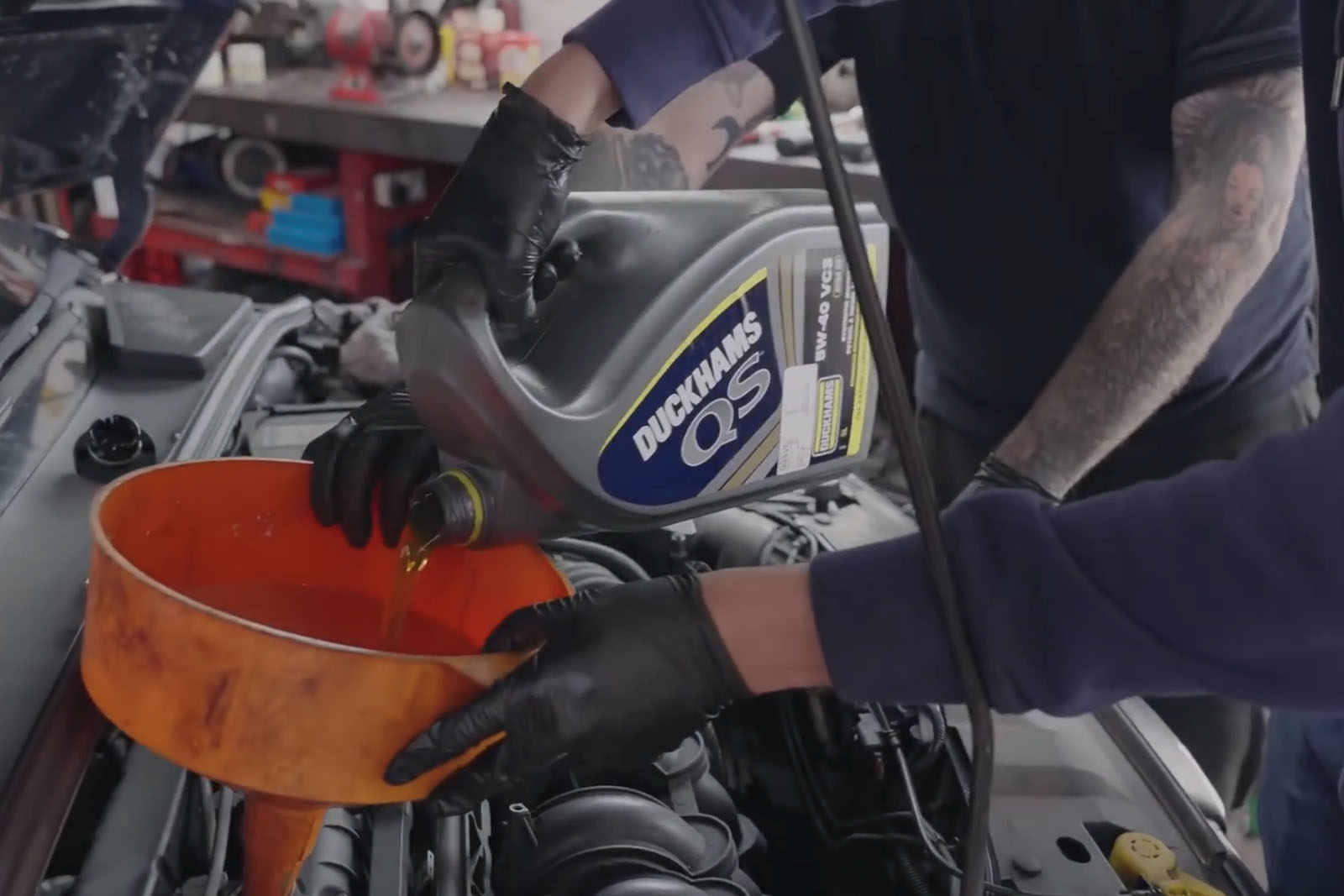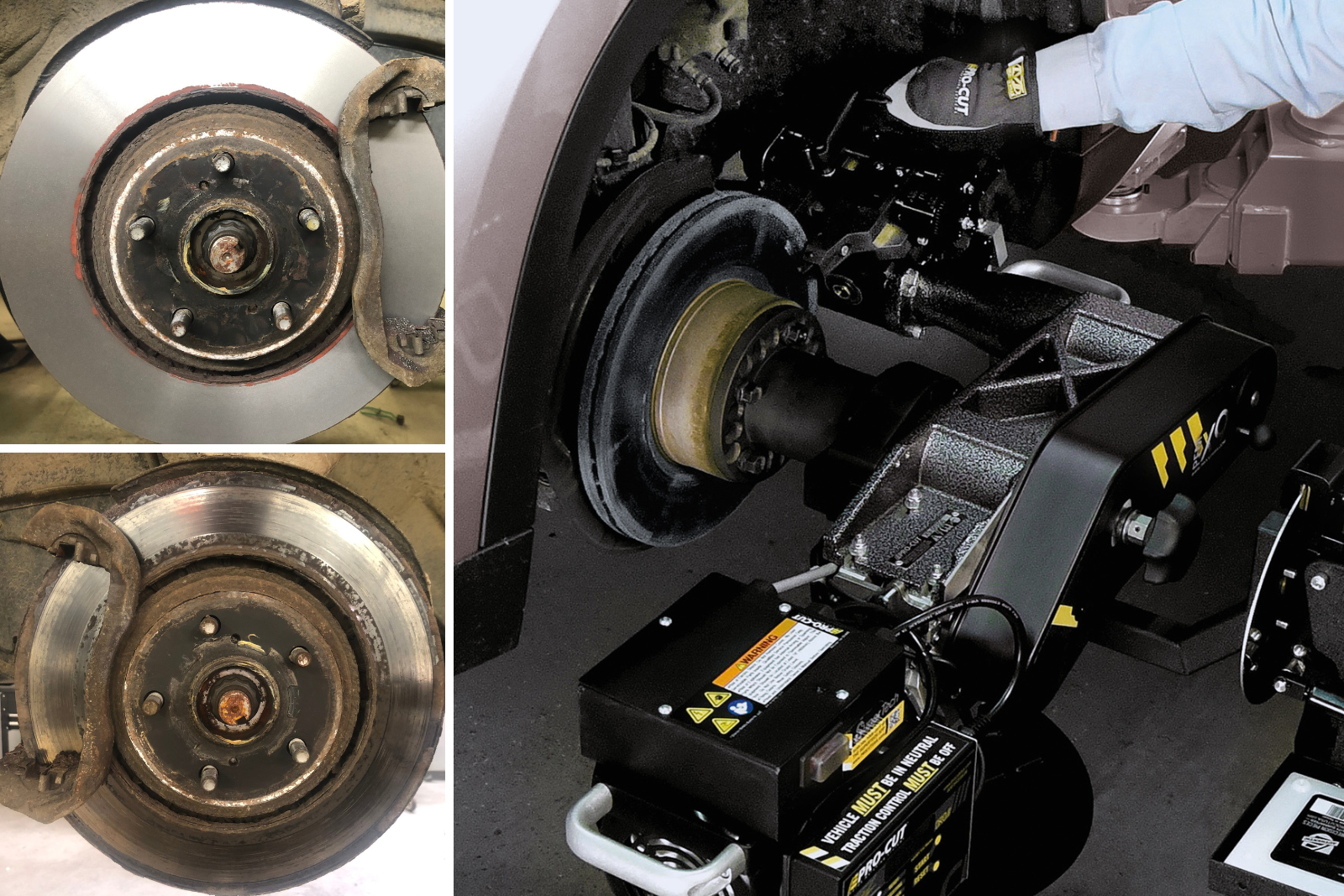By: Yiano Ioannou is a business consultant and an expert in the aftermarket supply chain
Many reading this, me included, long for the day that they will have that million pound product idea. The one that will see queues of investors desperate to seize it and let us retire to a beachfront mansion. Unfortunately, reality differs from our dreams but that’s not to say we should not aspire for the ultimate to end up somewhere along the road to it and you never know – perhaps you will be the next Sara Blakely, inventor of Spanx leggings.

If we are not moving forwards, we are falling back, which is dangerous as the market has no time for stragglers. Unless we are at least keeping up, in real terms, we will get left behind. As business owners or purchasing managers, it is imperative that we are aware of product and service developments. Whether or not we choose to adopt them for our own companies, understanding what advantages (or disadvantages) they have, what market needs they address and how they may affect us are a crucial part of business intelligence.
In my own history there were of course products where I was too late to the party – or the invite was entirely lost in the post. No matter what the size of your company, we all have limitations whether they be space, cash or time. We make the best decisions we can with the information and knowledge that we have at the time.
A recommendation, no matter how you pursue new product development, is to do so with a little apprehension. You often hear about the ones that made it big but there are a lot more that did not who we do not hear about. Dip a toe, or perhaps a foot in the water, but do not jump in with both. Calculate and base your revenues and margins on a sensible volume when trying something new. If it is evolution not revolution you may be more bullish as you have sales history to draw from. I hope that everything you introduce is a resounding success but importantly live to fight another day if all does not go entirely to plan. Very few make it big overnight. Success normally takes time. Stick with it. If it doesn’t work straight away don’t be disheartened. Don’t throw money at it aimlessly but also don’t think because it didn’t work immediately it won’t. Give it a fair chance.
Sell what you know to who you know
The easiest products to sell will be those that you already have an established customer base for. Have you considered what else your clients purchase from others and you could instead be their supplier for? You have a good relationship with them, they are receiving deliveries from you. Make their life easier and increase their spending with you. Without deviating too far from your core competencies, do you have a good understanding of another product group – or can you learn? Looking from the outside in, is there a gap that the current players have not filled where there is no or a low barrier to entry? As humans we are generally pretty good at noticing what others are not doing so well. Do some research with friendly, close customers. Get feedback on your ideas without openly saying exactly what they are. Yes, the idea that you have might be great but let someone else reassure you of the same. You do not necessarily have to be the first in the sector but do it better. Find the USPs. Create them and build in differentiation. The better you adapt and improve your product offering, the less you will find yourself competing on price alone. That is a one way street with one winner – the consumer. Not a bad thing when it’s you however as the seller, unsustainable – particular with the fluid cost pressures we continue to experience.
React quickly to market change
A macro, medium to long-term view is important for new product and service development. An obvious, huge change in our sector is the exponential rapid growth of e-mobility solutions. Depending on what part of the industry you operate in determines timings. In this case, those whose business is in the new vehicle sector will be affected quicker than the aftermarket. If demand for electric vehicles continues, and it currently shows no signs of abating, we will definitely need to change our product offering. Whilst this may be a scary scenario that we are faced with it also offers a wealth of opportunities. A combination of both evolution and revolution, when we think laterally, there are great opportunities for us to adjust our product offerings to address the needs of the EV driver and their vehicle. What needs and wants do they have that differ from an ICE driver? What problems could they face? Starting with necessary solutions, such as what happens in a breakdown scenario, are often safer than luxuries that people choose to go without – particularly relevant when we are facing a consumer spending squeeze. Be sure to begin thinking and taking actions early. Do not be left behind – if you can help it.
When you have decided on your new products and services, what brand do you introduce them under? If your business model includes growth of your own brand, do the new lines fit? Will they be respected, trusted and recognised with that name on them or are you better off sourcing from a known name? There are two strong schools of thought here and I am generally with the latter. A quick way to enter a new market is with the strength of an established name already active. Provided you pick the right one, they have done the work for you and the money (should) start rolling in immediately. Of course where there is an extensive R&D and stocking requirement, such as with parts, this may be the only realistic choice. An alternative option is own-branding the items. This does take more time, effort and investment however a huge upside, and the reason that I favour it, is that your (of course calculated) financial risk is rewarded by a growth in your brand value through greater recognition. You benefit directly from your sales and marketing efforts – and those of your customers.
Whatever routes you choose to identify and develop new opportunities, be conscious of your competencies. By definition if you have a business you are a risk taker but do not try to be all things to all men. Do not spread too thinly fighting a war on two, or more, fronts. If you choose to enter an entirely new market or sector, have the infrastructure and support network in place without sacrificing and risking your bread and butter which will ultimately be needed to keep the new bit going. Evolution is essential for survival and hugely exciting.











Go to comments